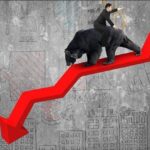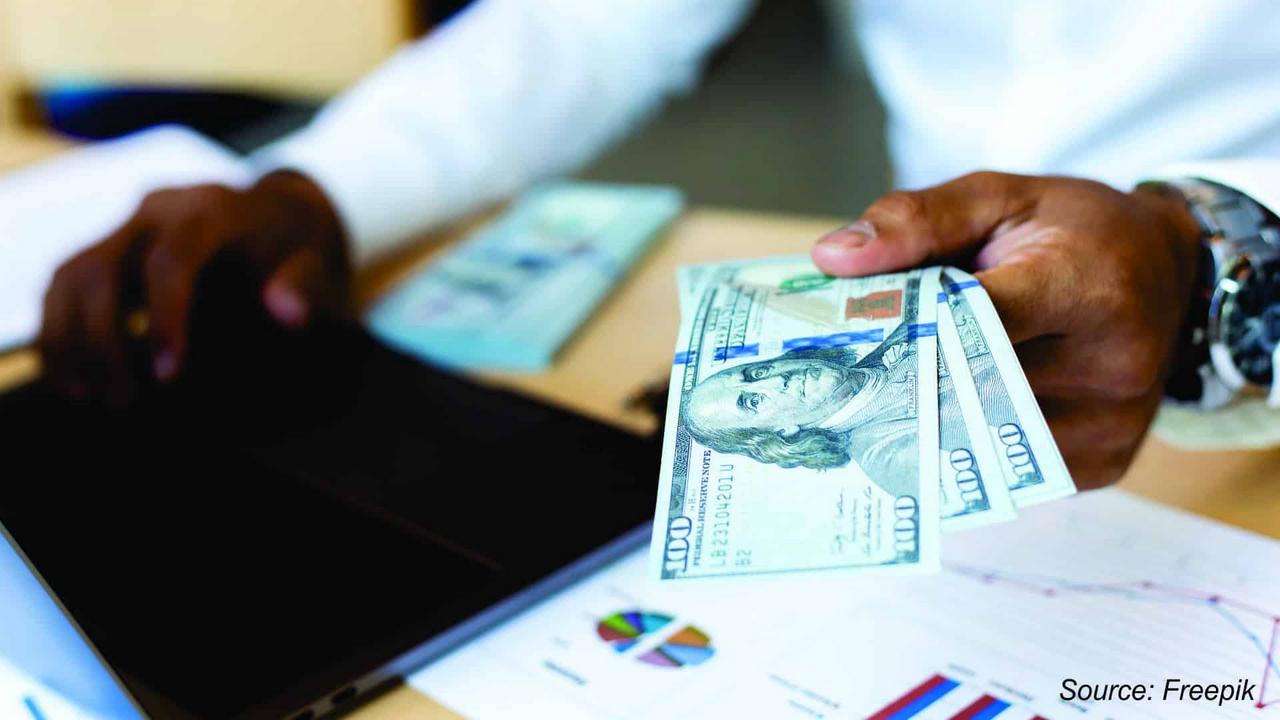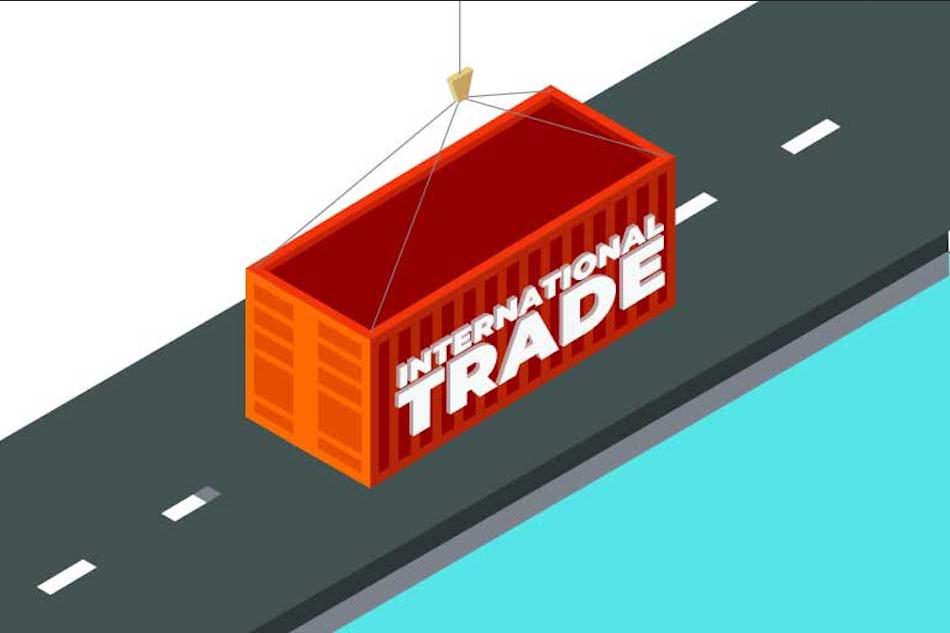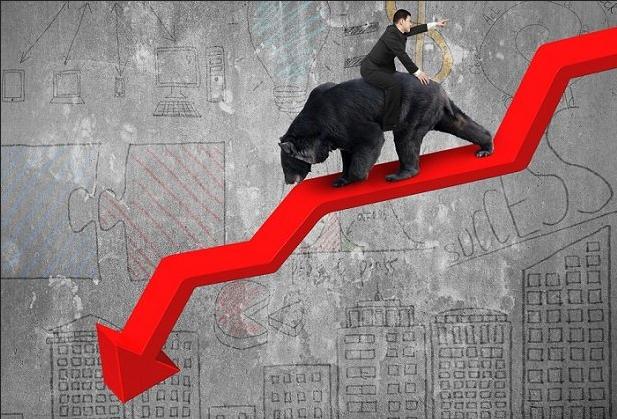Microeconomics is the social science that studies the implications of human action, specifically how individual decisions affect the use and distribution of scarce resources. Microeconomics shows how and why different goods have different values, how people make more efficient or more productive decisions, and how people better coordinate and cooperate with each other. Generally speaking, microeconomics is considered a more complete, advanced and established science than macroeconomics.
Understanding the concept
Microeconomics is the study of economic trends, or what is likely to happen when individuals make certain decisions or when factors of production change.
Individual actors are often grouped into microeconomic subgroups, such as buyers, sellers, and business owners. These groups create supply and demand for resources, using money and interest rates as a pricing mechanism for coordination.
Basic concepts of microeconomics
The study of microeconomics involves several key concepts, including (but not limited to):
- Production theory: This is the study of production, or the process of converting inputs into outputs. Producers seek to choose the combination of inputs and methods of combining them in a way that minimizes costs to maximize their profits.
- Utility theory: Analogous to production theory, consumers will choose to purchase and consume a combination of goods that will maximize their happiness or “utility,” subject to the constraint of the amount of income they have available to spend.
- Price theory: The theory of production and the theory of utility interact to produce the theory of supply and demand, which determines prices in a competitive market. In a perfectly competitive market, he concludes that the price demanded by consumers is the same as that offered by producers. This results in an economic balance.
- Industrial organization and market structure: Microeconomists study the many ways that markets can be structured, from perfect competition to monopolies, and the ways that production and prices will develop in these different types of markets.
The uses of microeconomics
As a purely normative science, microeconomics does not attempt to explain what should happen in a market.
Instead, microeconomics only explains what to expect if certain conditions change. If a manufacturer raises car prices, microeconomics says that consumers will tend to buy less than before.
If a major copper mine collapses in South America, the price of copper will tend to rise, because supply is restricted.
Microeconomics could help an investor see why Apple Inc.’s stock prices could fall if consumers buy fewer iPhones.
Microeconomics could also explain why a higher minimum wage could force The Wendy’s Company to hire fewer workers.
Microeconomics can address questions like these that could have very broad implications for economics; However, questions about aggregate economic numbers remain the province of macroeconomics, such as what could happen to China’s gross domestic product (GDP) in 2020.
Microeconomics method
The most modern microeconomic study is carried out according to the theory of general equilibrium, developed by Léon Walras in Elements of Pure Economics (1874) and the theory of partial equilibrium, introduced by Alfred Marshall in Principles of Economics (1890).
The Marshallian and Walrasian methods fall under the larger umbrella of neoclassical microeconomics. Neoclassical economics focuses on how consumers and producers make rational decisions to maximize their economic well-being, subject to the limitations of how much income and resources they have available. Neoclassical economists make simplifying assumptions about markets, such as perfect knowledge, an infinite number of buyers and sellers, homogeneous goods, or static variable relationships, to construct mathematical models of economic behavior.
These methods attempt to represent human behavior in functional mathematical language, allowing economists to develop mathematically testable models of individual markets.
As logical positivists, neoclassicalists believe in building measurable hypotheses about economic events, and then using empirical evidence to see which hypotheses work best. Unlike physicists or biologists, economists cannot perform repeatable tests, so their empirical research depends on collecting and observing economic data from real-world markets. The economic efficiency of markets is then determined by how well actual markets adhere to the rules of the model.











